The Neo-Darwinist paradigm maintains that natural selection is the sole driving force in evolution. This paradigm is not only wrong, but untrue to Darwin’s theory of evolution which made room for Lamarck’s suggestion that acquired characteristics can also be inherited. The side-lining any research into Lamarckian evolution has stifled the fruitful work of generations of researchers, limiting our understanding of how inheritance really works, argues Denis Noble.
The Neo-Darwinist paradigm of evolutionary biology is almost defined by its view of inheritance. That view is that acquired characteristics cannot be inherited, and that the organism itself has no active role in the evolution of the species. One of its founders, August Weismann, created the break with the ideas of Charles Darwin in 1883, just a year following Darwin’s death in 1882. He did so by inventing the Weismann Barrier, which he claimed protects the germ-line, the future eggs and sperm, from any influences of use-disuse features acquired by the organism during its lifetime. He was therefore going against the Lamarckian idea of inheritance of acquired characteristics that Darwin had accepted and later expanded upon in his writings on heredity. There was no experimental evidence for Weismann’s idea. He even wrote that it was a “necessary” idea, whether or not any experiments supported it.
___
Weismann’s assertion that the inheritance of acquired characteristics is impossible was incorrect.
___
 SUGGESTED READING
The gene illusion
By Denis Noble
Had Darwin lived, we can be sure he would have promptly disagreed. For, during the last decade of his life, he worked assiduously with the young physiologist George Romanes on experiments designed to test his theory for how the inheritance of acquired characteristics could occur. In his 1868 book, The Variation of Animals and Plants under Domestication, he postulated the existence of tiny particles derived from the cells of the body that could transfer use-disuse memory to the germ line. To Darwin, there was no barrier.
SUGGESTED READING
The gene illusion
By Denis Noble
Had Darwin lived, we can be sure he would have promptly disagreed. For, during the last decade of his life, he worked assiduously with the young physiologist George Romanes on experiments designed to test his theory for how the inheritance of acquired characteristics could occur. In his 1868 book, The Variation of Animals and Plants under Domestication, he postulated the existence of tiny particles derived from the cells of the body that could transfer use-disuse memory to the germ line. To Darwin, there was no barrier.
Modern physiology has vindicated Darwin’s idea. The small vesicles, called exosomes or extracellular vesicles, poured out by all cells of the body can function precisely as Darwin’s idea proposed. They have now been proven to communicate such acquired characteristics as metabolic disorders, and sexual preferences, to the germ-line via small regulatory RNA molecules. We can therefore be sure that Lamarckian use-disuse memory can be passed across generations. Weismann’s assertion that the inheritance of acquired characteristics is impossible was therefore incorrect. The debate now centres on two questions: “how often this happens and, when it does, for how many generations do the changes persist?”
The standard neo-Darwinist defense against this clear break of the Weismann Barrier has been to suggest that it only happens in unimportant circumstances and persists for very few generations. There is assumed to be no permanent transmission. The DNA continues “hard” transmission while “soft” inheritance inevitably dies away.
This defence fails to recognise the great virtue of “soft” inheritance, which is precisely the possibility that it can be temporary.
Consider a species under extreme environmental stress, such as the Dutch population during the starvation winter of the 1940s in the Second World War. The inherited signs of that stress have now been passed down three generations, to the great-grandchildren of the 1940s population. The chances are that it will progressively die out as the later generations experience good nutrition. And so it should!
For it is not a good evolutionary strategy for temporary adjustments to environmental conditions to be rapidly embedded in the “hard” DNA inheritance process. “Soft” inheritance (as such epigenetic changes are called) is flexible and not necessarily assimilated into “hard” inheritance.
___







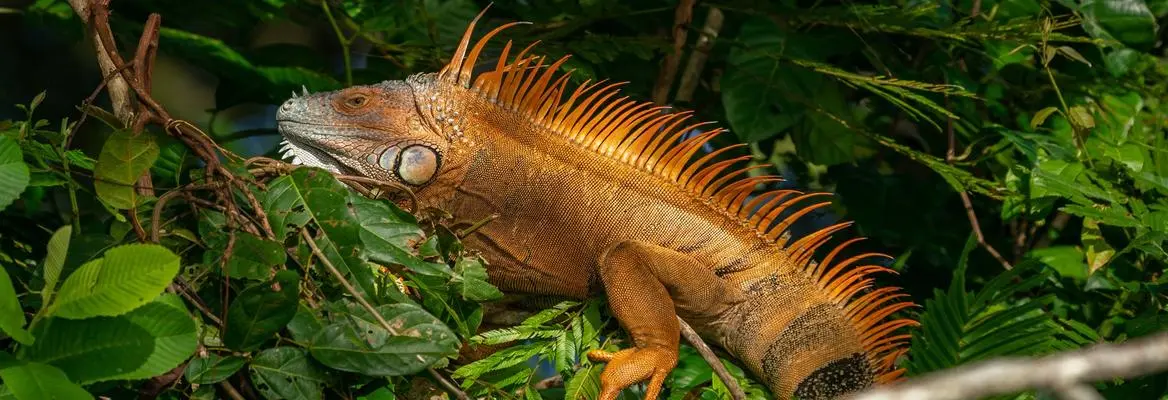


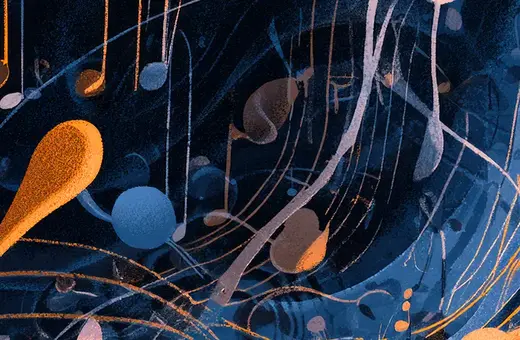
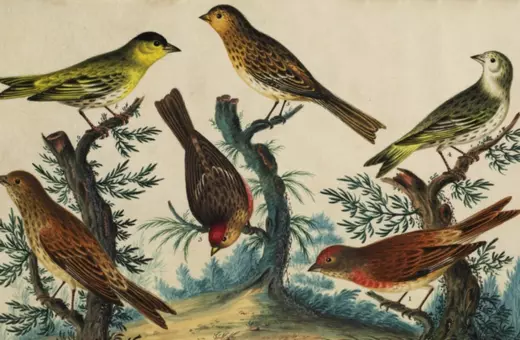
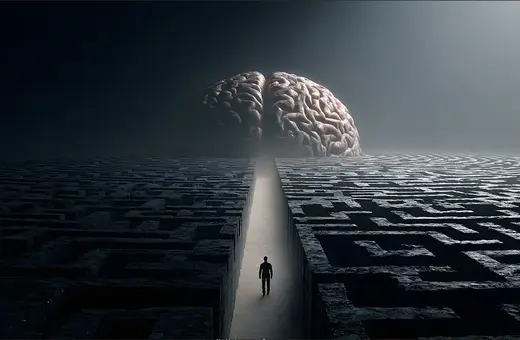
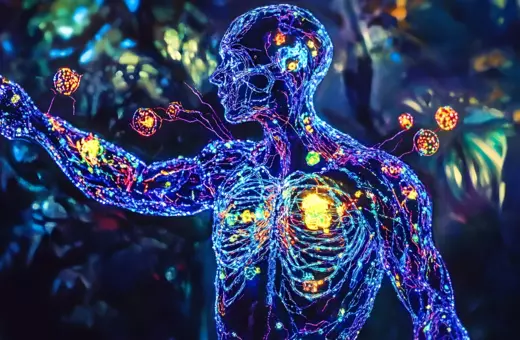

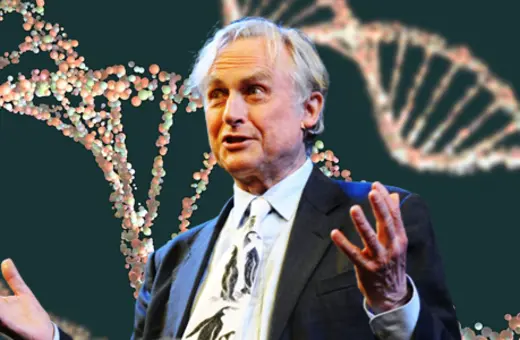
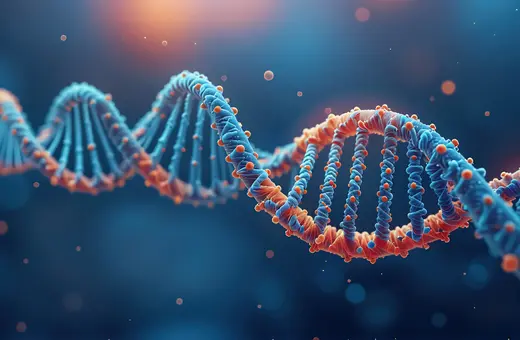
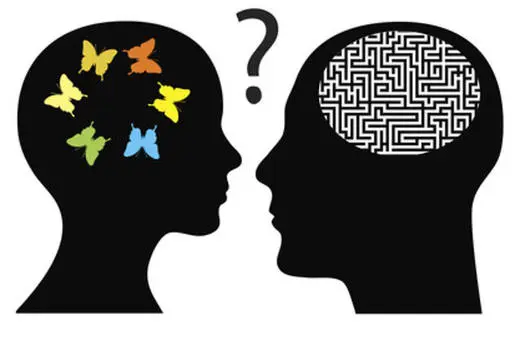
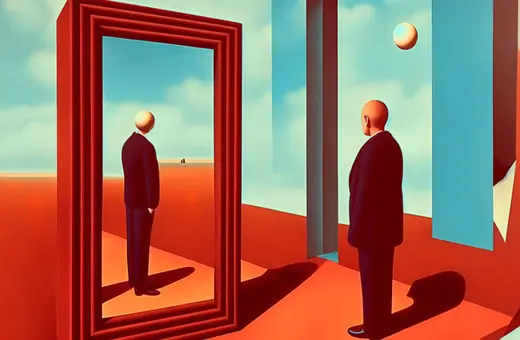


Join the conversation